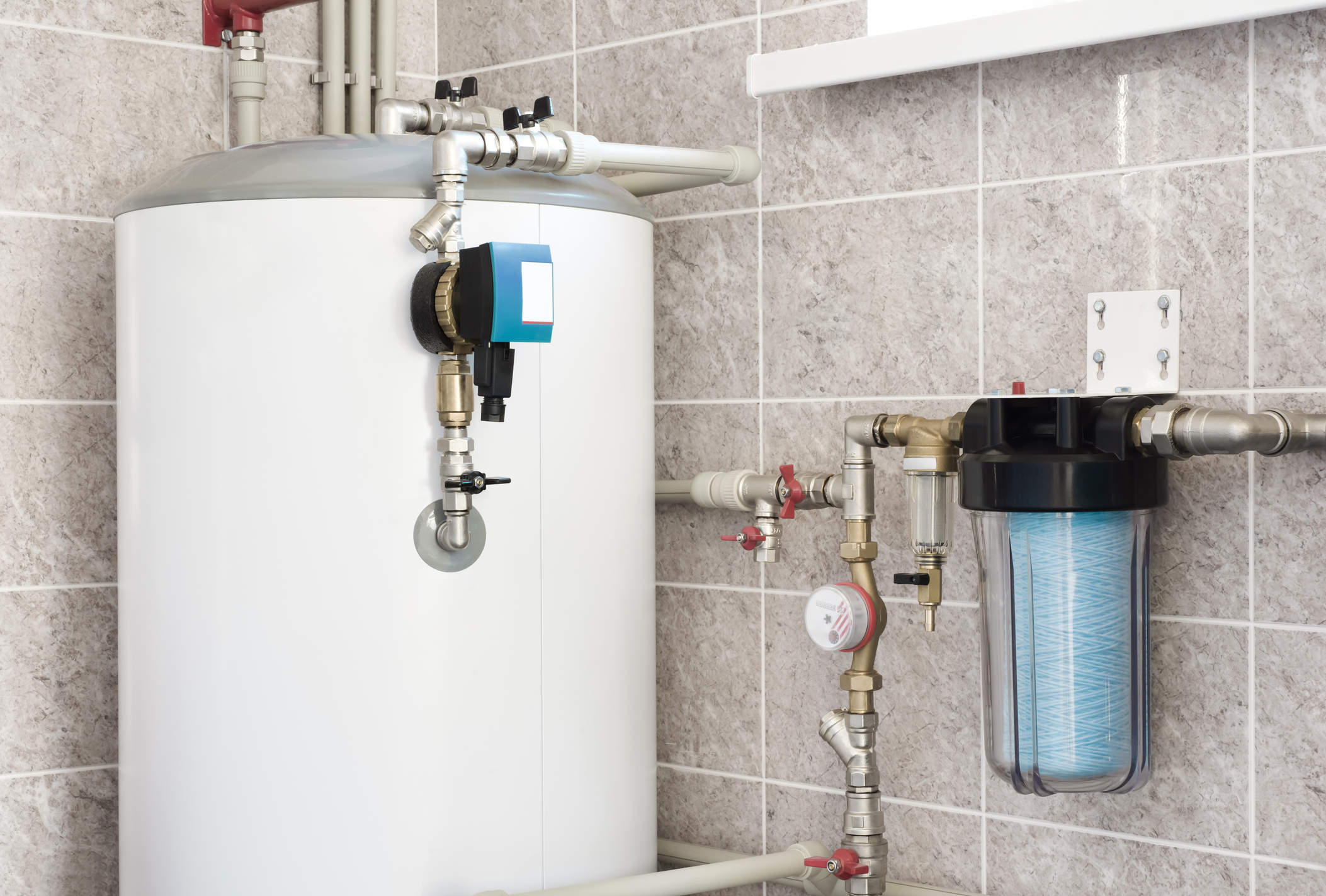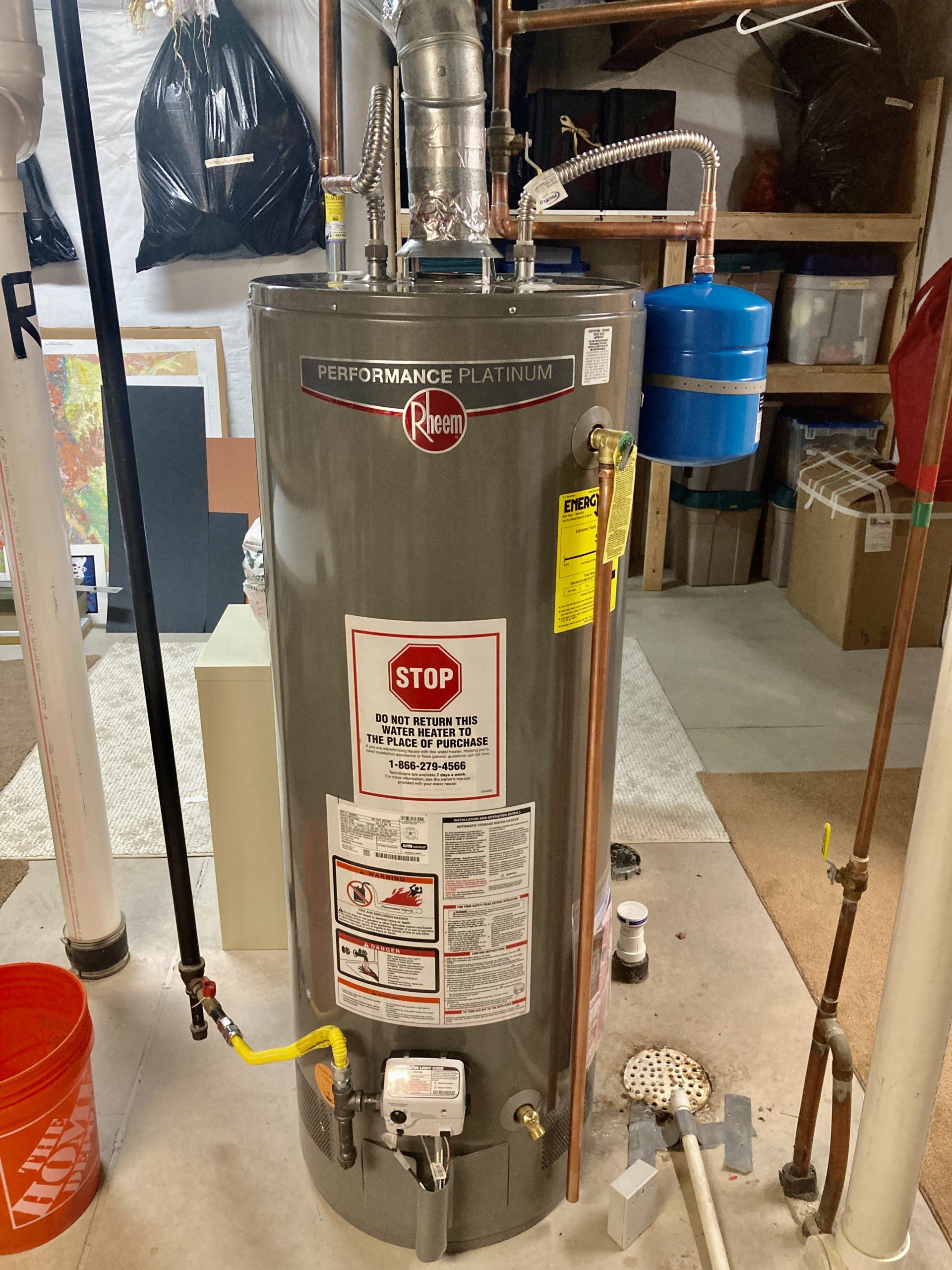What are your opinions on Tips For Maintaining Your Hot Water Heater?

Warm water is crucial for day-to-day comfort, whether it's for a revitalizing shower or washing dishes. To guarantee your hot water system runs efficiently and lasts much longer, normal maintenance is crucial. This post offers practical pointers and understandings on how to keep your home's warm water system to avoid disturbances and costly fixings.
Intro
Preserving your home's warm water system may seem daunting, yet with a few simple actions, you can ensure it runs smoothly for years ahead. This guide covers every little thing from comprehending your hot water system to do it yourself maintenance pointers and understanding when to call in specialist help.
Relevance of Preserving Your Hot Water System
Routine maintenance not just extends the life expectancy of your hot water system yet also guarantees it operates successfully. Overlooking upkeep can bring about reduced effectiveness, greater energy costs, and even early failure of the system.
Indications Your Warm Water System Needs Upkeep
Knowing when your hot water system requires attention can protect against major problems. Look out for indications such as inconsistent water temperature level, unusual sounds from the heater, or rustic water.
Purging the Water Heater
Purging your hot water heater eliminates debris buildup, enhancing performance and extending its life.
Monitoring and Changing Anode Rods
Anode rods stop corrosion inside the storage tank. Evaluating and replacing them when worn is vital.
Complex Problems Calling For Specialist Help
Instances consist of major leaks, electric troubles, or if your water heater is regularly underperforming.
Regular Specialist Maintenance Advantages
Expert upkeep can consist of thorough evaluations, tune-ups, and making certain compliance with security criteria.
Evaluating and Adjusting Temperature Settings
Changing the temperature level setups ensures optimal performance and security.
Do It Yourself Tips for Upkeep
You can execute several maintenance tasks yourself to keep your warm water system in leading problem.
Looking for Leakages
Routinely examine pipes and connections for leakages, as these can cause water damages and greater costs.
Recognizing Your Warm Water System
Prior to diving right into upkeep jobs, it's practical to recognize the standard parts of your warm water system. Commonly, this consists of the hot water heater itself, pipelines, anode poles, and temperature level controls.
Regular Monthly Upkeep Tasks
Routine regular monthly checks can assist catch minor problems before they escalate.
Evaluating Pressure Relief Valves
Testing the stress safety valve guarantees it operates appropriately and stops excessive pressure build-up.
Shielding Pipelines
Shielding warm water pipes decreases heat loss and can save power.
When to Call an Expert
While DIY maintenance is valuable, some problems need professional proficiency.
Conclusion
Normal upkeep of your home's warm water system is vital for efficiency, longevity, and price financial savings. By complying with these suggestions and knowing when to seek professional aid, you can make sure a reputable supply of hot water without unexpected disturbances.
How to Maintain an Instant Hot Water Heater
Before tinkering with your hot water heater, make sure that it’s not powered on. You also have to turn off the main circuit breaker and shut off the main gas line to prevent accidents. Also turn off the water valves connected to your unit to prevent water from flowing into and out of the appliance. 2. When you’re done, you have to detach the purge valves’ caps. These look like the letter “T” and are situated on either side of the water valves. Doing so will release any pressure that has accumulated inside the valves while at the same time avoid hot water from shooting out and burning your skin. 3. When the purge valves’ caps are removed, you have to connect your hosing lines to the valves. Your unit should have come with three hoses but if it didn’t, you can purchase these things from any hardware or home repair shops. You can also get them from retail stores that sell water heating systems. Read the user’s manual and follow it to complete this task properly. When the hosing lines are connected, open the purge port’s valves. 4. You should never use harsh chemical cleaners or solutions when cleaning your unit. Make use of white vinegar instead. It should be undiluted and you’ll probably use about 2 gallons. 5. Now flush your water heater. This task should probably take about 40 minutes. We can’t give you specific directions for this because the procedure is carried out depending on the type, model and brand of your heater. With that being said, refer to the user’s manual. 6. When you’re done draining the unit, you have to turn off the purge port valves again. Remove the hosing lines that you earlier installed on each of the water valves. Put the valve caps (purge port) back in their respective places and be very careful so as not to damage the rubber discs that are found inside these caps. 7. Now that everything’s back in place, check your user’s manual again to find out how to reactivate your water heating system. 8. Once it is working, turn one of your hot water faucets on just to let air pass through the heater’s water supply pipes. Leave the tap on until water flows smoothly out of it. https://www.orrplumbing.com/blog/2014/september/how-to-maintain-an-instant-hot-water-heater/

I hope you liked our article about What Kind of Maintenance Do Water Heaters Need?. Thank you for spending some time to read through our content. In case you enjoyed reading our article kindly do not forget to pass it around. Thanks for your time. Come back soon.
Call Today